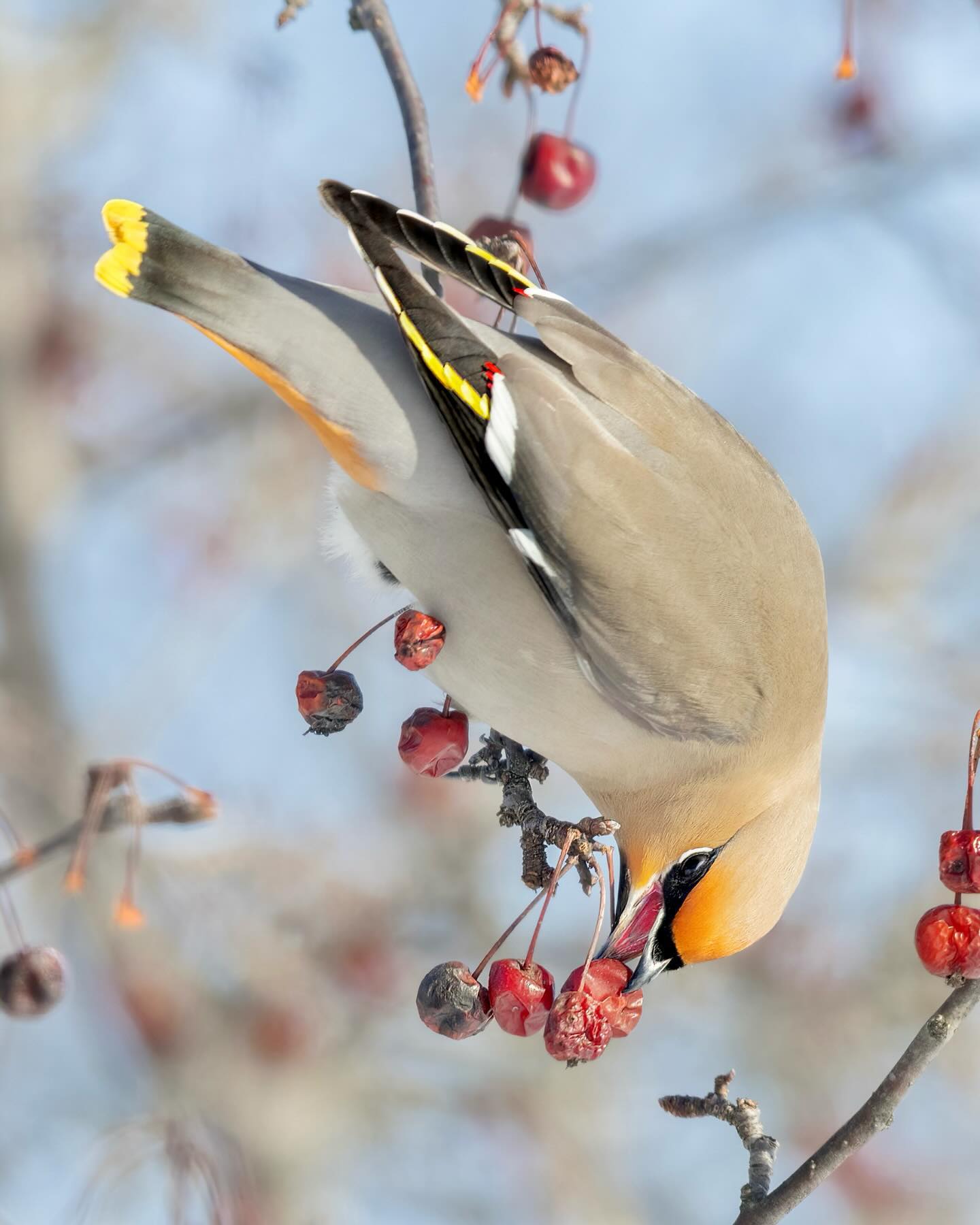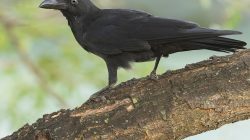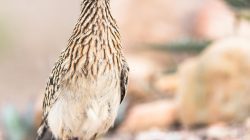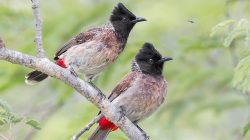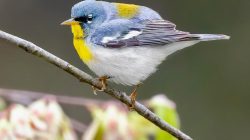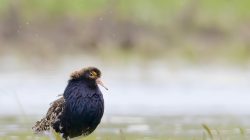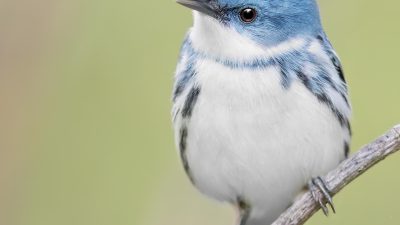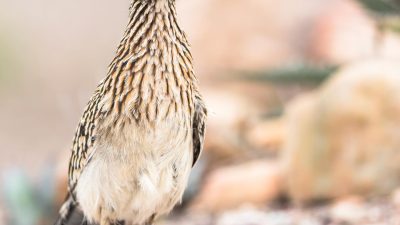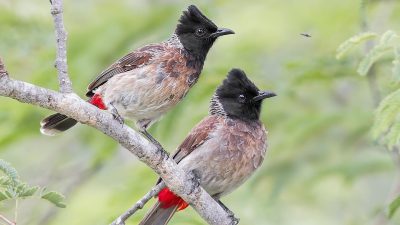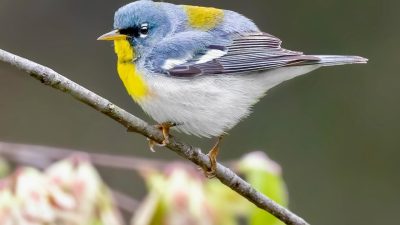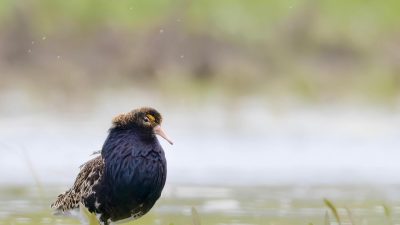Bohemian Waxwing (Bombycilla garrulus): A Comprehensive Study of Its Origins, Appearance, Habits, and Conservation
Diajar.net – The Bohemian Waxwing (Bombycilla garrulus) is a stunning bird known for its striking plumage, cheerful demeanor, and remarkable migratory patterns. This medium-sized passerine, often admired for its beauty, has intrigued bird enthusiasts and researchers for centuries. In this article, we will explore the origins, appearance, distribution, habits, diet, population numbers, and conservation efforts related to the Bohemian Waxwing, offering a comprehensive understanding of this magnificent bird.
Origin of the Animal Name
The scientific name Bombycilla garrulus has a fascinating etymology that links directly to the bird’s physical characteristics and behavior.
The genus name Bombycilla is derived from the Greek words bombux, meaning “silk,” and cilla, meaning “tail.” This name is thought to refer to the silky texture of the Bohemian Waxwing’s feathers, especially its tail, which is tipped with a distinctive wax-like red spot. The species name garrulus comes from the Latin word for “talkative” or “chattering,” referring to the bird’s vocalizations, which are often described as cheerful and twittering. This combination of names aptly describes the Bohemian Waxwing’s appearance and behavior, which have captured the attention of naturalists and bird watchers alike.
The bird is commonly called the “Bohemian” Waxwing due to its historical connection to the Bohemian region of Central Europe, though the species is not restricted to this area today. The name “waxwing” is derived from the wax-like, red tips of the bird’s secondary feathers, which resemble the appearance of sealing wax and add to its striking aesthetic.
Appearance
The Bohemian Waxwing is a bird of remarkable beauty, with a sleek, smooth, and compact body that exhibits a blend of soft, muted colors and bold accents. It typically measures between 20 and 23 cm (7.9 to 9.1 inches) in length and has a wingspan of around 34 cm (13.4 inches). The plumage is primarily soft brown, with a subtle greyish hue to the body and a yellowish tint to the underparts. The head is adorned with a black “mask” around the eyes, giving it a distinctive and dramatic look.
One of the most notable features of the Bohemian Waxwing is its crest, which extends from the top of the head and adds to the bird’s elegant appearance. The tail is another striking feature, often tipped with red wax-like spots that resemble drops of sealing wax. These tips are one of the main reasons the species is so easily recognized, making it a favorite subject for bird watchers and photographers.
In addition to the red waxy tips on the tail feathers, the wings are tipped with a yellow band, and the bird’s cheek patches are a bright, contrasting white, accentuating its facial mask. The Bohemian Waxwing’s eye is dark and surrounded by a black line that continues across the face, adding to its bold appearance. Males and females look similar, although males are often slightly brighter in coloration. The juvenile Bohemian Waxwing resembles the adult, but its colors are less intense, and its waxy feather tips are often less prominent.
Distribution
The Bohemian Waxwing has a broad but irregular distribution across the northern hemisphere. It is found primarily in the boreal forests of Europe, Asia, and North America. During the breeding season, its range spans from Scandinavia and northern Russia to the northern parts of Mongolia, Siberia, and even parts of Japan. In winter, the Bohemian Waxwing migrates southward, reaching as far as Central Europe, the British Isles, and parts of the United States.
The bird’s migratory patterns are highly influenced by the availability of food sources, particularly berries, which play a significant role in its diet. As a result, the species tends to move in large flocks, often covering significant distances to find suitable food in winter months. While the Bohemian Waxwing is not a particularly rare bird, its erratic migratory habits and preference for more remote, forested habitats can make sightings somewhat unpredictable.
Geography
The Bohemian Waxwing is closely associated with the temperate and boreal forests of northern Europe, Russia, and parts of North America. Its geographic range is vast, stretching from the cold climates of northern Siberia and Finland to the more temperate regions of Central Europe.
During the breeding season, the bird typically nests in coniferous and mixed forests, where it can find both the space and the food sources necessary for raising its young. In winter, the Bohemian Waxwing is frequently found in towns and cities, where it forages for berries in urban gardens, parks, and ornamental shrubbery. This adaptability allows it to thrive in both rural and urban environments, though it is more often associated with wild landscapes.
The bird’s distribution is influenced by its migratory behavior. While many Bohemian Waxwings breed in northern regions, they often move southward in the colder months to regions where food is more abundant. These seasonal shifts are essential for the survival of the species, as it avoids harsh winter conditions by moving to areas with more suitable food sources.
Habits and Lifestyle
The Bohemian Waxwing is known for its social and gregarious nature. These birds are often seen in large flocks, particularly in the winter months when they migrate to find food. These flocks can be quite large, sometimes numbering in the hundreds or even thousands of individuals. Within these groups, the birds are highly social and frequently interact with each other, often engaging in playful behavior such as chasing and vocalizing.
The bird’s lifestyle is largely dictated by the availability of food. In the breeding season, they are more solitary, building nests in coniferous or mixed woodlands. Their nests are usually constructed in the upper branches of trees, using twigs, moss, and other plant materials to create a comfortable space for their eggs.
During winter, however, Bohemian Waxwings become highly nomadic, following fruit-bearing trees and bushes wherever they can find them. This seasonal foraging behavior helps them survive the colder months when food is more difficult to find in their breeding habitats. These birds are known to be particularly fond of berries, and they often strip entire bushes or trees of their fruit.
One particularly interesting aspect of the Bohemian Waxwing’s behavior is its tendency to feed on fermented fruit, such as berries that have begun to ferment. This can lead to the birds becoming somewhat intoxicated, which has been documented on occasion. Despite this, they generally remain in large flocks and are able to recover once they have eaten their fill.
Diet and Nutrition
The Bohemian Waxwing is an omnivorous bird that primarily feeds on fruit, particularly berries. In the wild, they are known to feast on a variety of berries, including those from rowan trees, hawthorns, junipers, and mountain ash. They are also known to eat the fruits of ornamental trees in urban areas, including apples and pears, when available.
During the summer months, when berries are more abundant, the Bohemian Waxwing will consume vast quantities of fruit to build up fat reserves for migration. In addition to berries, they also feed on insects, particularly in their early stages of development, when they are raising their young. This balanced diet ensures that the birds receive the nutrients they need for both migration and breeding.
Despite their preference for fruit, Bohemian Waxwings are also known to feed on buds and seeds in some situations, especially in areas where fruit is scarce. Their ability to adapt to different food sources is a testament to their resilience and ability to survive in a variety of environments.
Population and Number of Populations
The population of Bohemian Waxwings fluctuates depending on the availability of food and the conditions of their breeding and wintering habitats. During particularly harsh winters or when food is scarce, the population of Bohemian Waxwings can decrease temporarily, though they tend to recover quickly when conditions improve. As of recent estimates, the global population of Bohemian Waxwings is considered to be in the range of several million individuals, although exact numbers can vary.
The bird’s population is not considered to be at immediate risk, but like many species, it faces threats from habitat loss and climate change. As urban areas expand, the destruction of natural habitats can pose a challenge to the birds’ survival, particularly during their migratory periods when they rely heavily on berry-producing plants.
Conservation
The Bohemian Waxwing is not currently listed as a threatened species, and its population is considered stable in many regions. However, the species is not without its conservation concerns. Habitat loss, particularly in the form of deforestation and urbanization, can threaten the bird’s ability to find suitable nesting sites and food sources. Additionally, changes in climate can affect the timing of fruiting seasons and migratory patterns, making it more difficult for the Bohemian Waxwing to find the nourishment it needs to survive.
Efforts to conserve the Bohemian Waxwing largely focus on protecting the bird’s natural habitats and ensuring that adequate food sources are available, particularly in areas where the species is known to breed. In urban areas, planting berry-producing trees and shrubs can help provide a steady food supply for the birds during the winter months.
In conclusion, while the Bohemian Waxwing is not currently considered endangered, its survival is closely linked to the preservation of its natural habitats. By ensuring that these habitats remain intact and by mitigating the impacts of climate change, we can help ensure that this stunning bird continues to thrive for generations to come.
Conclusion
The Bohemian Waxwing, with its exquisite plumage and captivating behavior, is a bird that has fascinated naturalists for centuries. From its unique name and striking appearance to its migratory patterns and diet, this species is an example of nature’s adaptability and beauty. While it is not currently at risk, it faces challenges that require ongoing conservation efforts to preserve its habitats and ensure its future. The Bohemian Waxwing remains a symbol of the wonders of the natural world, and it is our responsibility to protect and appreciate these remarkable creatures.
